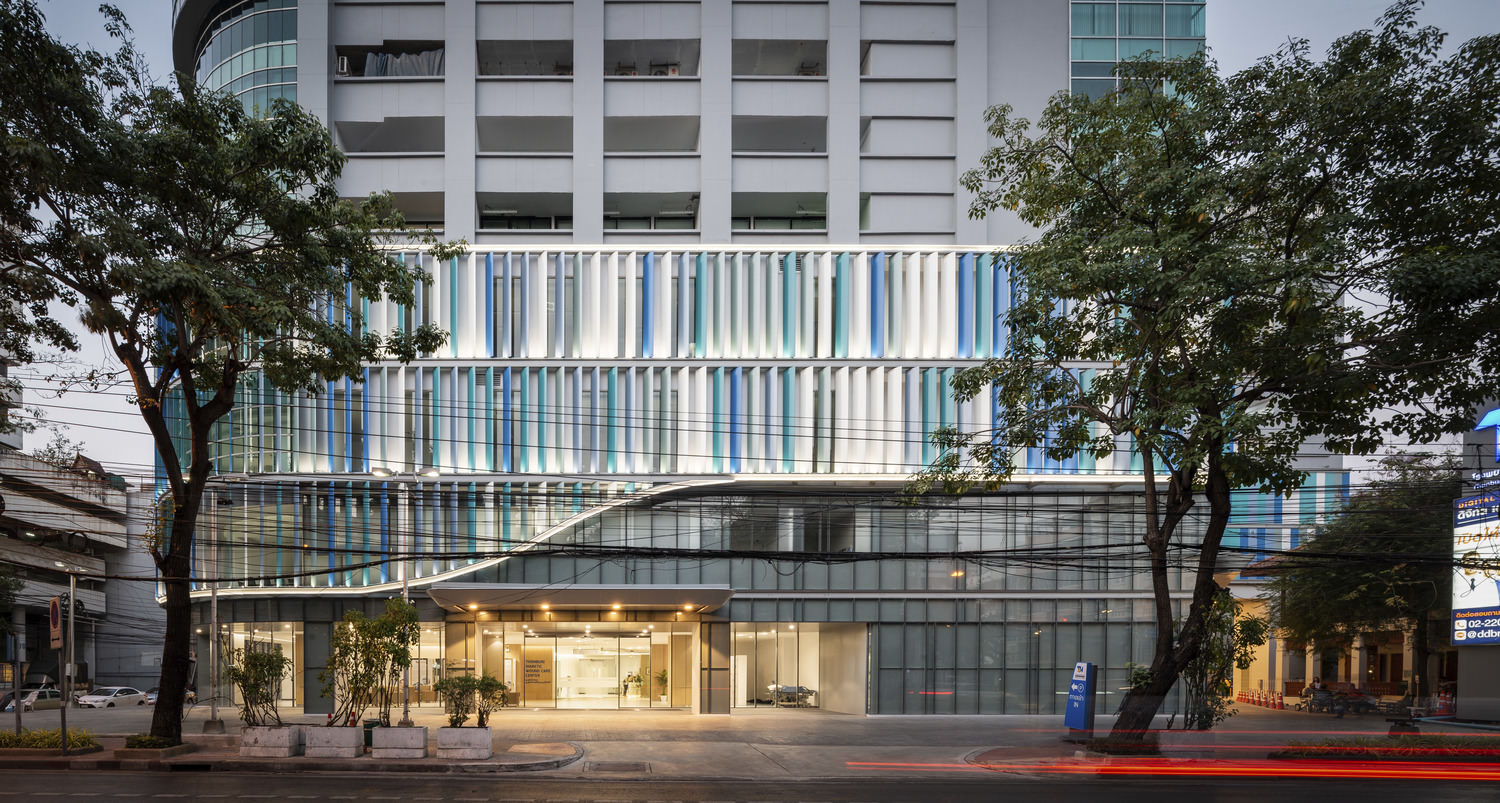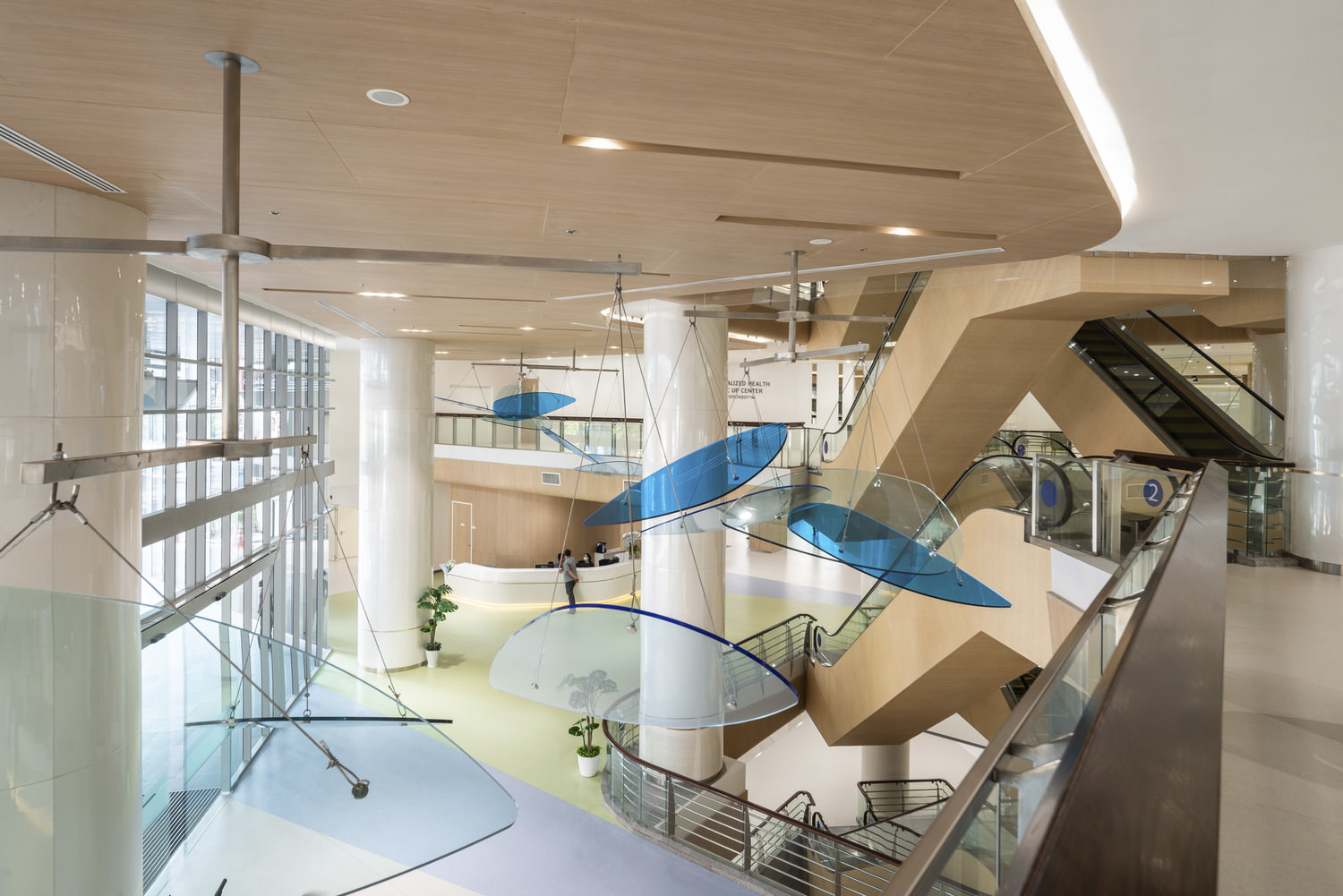Investment in Digital Design

Existing investment in new digital platforms has meant that dwp|design worldwide partnership was well placed to switch to working mode when the COVID-19 crisis arose.
dwp|design worldwide partnership is a global architecture and design practice that was founded by two designers from Adelaide working in Bangkok. dwp has grown to have a global reach and, with the acquisition of the former Suters Architects in 2017, it now has studios in Brisbane, Melbourne, Newcastle, Sydney and Adelaide.
What measures has the practice put in place in response to COVID-19? What are you looking at doing next?
The Australian studios of dwp are part of an international global practice, therefore the response to Covid-19 was swift and informed by work practice changes in other countries that were affected earlier than Australia.
As a global practice, dwp had already invested in digital platforms, cloud-based software and business infrastructure across all of our geographic locations. Scott Whittaker, Founder and Group Creative Director explains: “We made some critical changes to our core technologies throughout 2018 and 2019 to be a 100% cloud-based digital design business. Our platform facilitates real-time co-working across multiple locations in shared BIM models using Autodesk’s cloud-based Revit and BIM360. We fully utilise Google Cloud and Amazon Cloud and that similarly allows for real-time co-working in documents, spreadsheets, specifications and related industry requirements.”
These systems have been an advantage in responding to the COVID-19 pandemic. Michael Hegarty, dwp Australia Regional Managing Director comments: “With the challenges that the pandemic brings, we believe we are well-placed to be able to work anywhere with our team of 350 staff, be it remotely or at home. Moving our core design delivery and communication platforms to the cloud is truly transformational in our ability to have business continuity for our clients, suppliers and partners.”
“I think that naming a challenge can often help people collaborate and focus on what needs to be done. We named our response to COVID-19 dwp|remote and our studio teams across Australia really delivered with clinical efficiency. We set up an online working from home checklist for staff in mid-February so that they could all get their home workspace set up. We had the benefit of foresight because we had seen how other countries were dealing with the virus, which included various levels of lockdown and non-essential services required to work from home in many countries where we operate.”
“We decided on our staff working from home a couple of weeks earlier than many other Australian architecture firms and we had the whole system in place within one working day. Where one or two of our staff had challenges with internet connectivity or band width, we worked with our industry partners to get them a local solution within an amazingly short timeframe. I think because all of our people have been working on cloud-based software for a couple of years and because they have been collaborating in the BIM model in real time across the globe, this move has been pretty seamless for our clients and our teams”.
We have regular updates on our dwp intranet, collating all communications following government and health authority advice in each country and state, with links to webpages and other reputable resources.
Nonetheless, the pandemic also means substantial change. Whittaker explains: “COVID-19 suddenly changes everything. We will need to fundamentally rethink the core of everything we do from our teams, studios and the types of work we do. Themes around travel, the workplace and healthcare will change as the year rolls out. It’s one of those inflection points where what seemed a time of stability and incremental change has suddenly become something that will produce a vastly different industry over the next 12 months,”
How are you communicating the changes to clients?
We have a global CRM (Customer relationship management) platform that gives us efficient digital tools to track communications and project opportunities. We issued a couple of COVID-19 communication pieces directly to our clients from the project teams that our clients know, so this was a personal communication. We have also created dwp|remote email signatures, which update those who need to be informed without spamming everyone unnecessarily.
We have had some great feedback from our clients in recent days. They have been grateful that we moved seamlessly to remote working, to keep their projects going ahead as planned, whether on site or through earlier design stages. As mentioned above, cloud-based digital platforms have been the key. Whittaker adds, “We think it’s very reflective of the times. Digital connectivity, free flow of information, sharing of ideas for the benefit of all – it’s time not to fight it but embrace it, as collaborations open design horizons.”
How are you managing staff working remotely – in terms of both technical / IT matters and workplace systems and cultures?
Globally, we moved to full dwp|remote operations on Monday 30 March. The transition has been smooth and we can work from home as if we are in the studio. Prior to making the decision to have all our people working from home full time, we tested our existing remote technology at scale, with various teams out of the studio on different days, enabling us to troubleshoot any minor issues that arose.
We have strategies to keep morale strong, understand working hours, and keep track of project work being produced by different teams and individuals. We have developed daily and weekly check-in calls to ensure a personable approach to track everyone’s wellbeing. Our project leaders are being more vigilant and let us know if any of their team is not performing, having difficulty or has erratic log-in/online times. We know that people may need to adjust their working hours to facilitate home schooling and other Covid-19-related issues but we try to stick to a standard working hours approach to keep things as normal as possible in the circumstances.
Brenton Mauriello dwp CEO says “It seems a strange thing to say against the backdrop of the current health and economic crisis caused by Covid-19 but in many ways these are truly exciting times as we strengthen our teams and expand the worldwide reach of our design practice. We see our teams swiftly embracing dwp|remote and sacrificing a lot to help get us through the current challenges and they have done this with the most positive attitude. It’s been both an unimaginable society-wide impact and a genuinely business-wide response within dwp.”
What challenges have you encountered to date?
We haven’t encountered any major challenges.
What advice would you give to other practices based on your experiences so far?
We know that not every firm will have the same issues to contend with, but in general we suggest the following:
- Invest in the tools, equipment and resources needed to be effective when working remotely because this may be in place for some time – we still don’t have a vaccine for SARS or HIV so a quick vaccine for Covid-19 might be an aspiration rather than a reality.
- Be empathetic to everyone’s circumstances as they adapt to our new normal and acknowledge that many of our people have additional challenges and different ways of coping. Support people from a wellbeing perspective as much as performance and project continuity.
The Thonburi-Bamrungmuang Hospital, dwp’s conversion of a multi-storey shopping mall into a state-of-the-art hospital in Thailand.
What does the future look like?
Beyond these immediate issues, it is important to look to the future, and to strategise for both individual practices and the profession. Hegarty points out that “digital design is key to the future of our profession and our industry more widely.” He explains: “Technological breakthroughs tend to accelerate during times of crisis, as can be demonstrated by the advances made during world wars and the various technological spin-offs from the cold war space race. Right now, construction is being transformed with robotics, on-site 3D printing of walls and components and off-site digital fabrication. All of these are controlled by the BIM model and whoever creates and leads the BIM modelling process will inevitably lead the development, design and construction industry in the near future. This is a huge opportunity for architects to reclaim their position as construction industry leaders, having been pushed into a role of service provider or ‘hired help’ over recent decades.”
There are also new project opportunities. For example, dwp has been involved in adaptive reuse to quickly create new hospitals. We have already completed the conversion of a multi-storey shopping mall into a state-of-the-art hospital in Thailand. The Thonburi-Bamrungmuang Hospital is now in operation.
“Traditional ‘bricks and mortar retailing’ has been struggling for a few decades. Shopping malls can readily be adapted for clinical uses,” says Michael Hegarty, “with tall floor to floor heights, separation of servicing routes and deliveries from customer areas, clear separation of individual tenancies for potentially separate clinical areas with the ability to plug in services as required. The malls are generally well catered for car parking and deliveries off major routes and tend to be located in the heart of population centres. Through quick and sustainable adaptive re-use, the clinical uses can simply plug-in to the mall and it can create a great outcome for end users.”
Investment in technology has also enabled dwp to enhance its offering through a bespoke new service called dwp|signature. The platform offers collaboration with specially selected international ‘design masters’, including American interior designer Anne Carson, London-based Chinese architect Jordy Fu, Bangkok-based culinary concept specialist Gary Szillich, and American artist and sculptor Matthew Campbell Laurenza.


